What is Pharmaceutical Warehouse?
A pharmaceutical warehouse is a specialised facility designed to store, manage and distribute medications and vaccines safely. Temperature control and stringent handling protocols maintain product quality and efficacy. These warehouses play a vital role in the pharmaceutical industry as it provide services to supply chain integrity and prompt availability of critical medicines.
Characteristics of Pharmaceutical Warehouse:
Temperature control, warehouse automation, and regulatory compliance are the three ways in which a pharmaceutical warehouse guarantees product safety, quality, and efficacy. It includes advanced warehouse management systems, security measures and special storage for various needs, such as the cold storage warehouse.

Temperature-Controlled Environment:
Pharmaceutical warehouses are very safe with its temperature-controlled environments and with robust warehouse management systems for inventory tracking. Smart packaging helps protect products, and streamlines recalls. These measures secure the supply chain, so that medications are stored in a way that maintains safety and quality, to meet pharmaceutical warehouse requirements.
Regulatory Compliance:
These facilities meet stringent pharmaceutical warehouse requirements under GMP, GDP and FDA guidelines. Compliance is the assurance that pharmaceutical manufacturing and pharmaceutical distribution is in accordance with global standards. Product quality is a critical factor highlighted in the role of warehouses in the pharmaceutical industry, with stringent audits safeguarding product quality.
Inventory Management:
Pharmaceutical warehouses use advanced warehouse management systems which track stock levels and expiration dates very accurately. Serialization makes the product more authentic in storage and delivery. Pharmaceutical warehouse requirements are adhered to by quality assurance processes which assure safety before distribution.
Handling and Distribution:
Pharmaceutical handling and distribution is streamlined with efficient layouts, cold storage systems and robotic automation. Blockchain advanced technologies provide supply chain transparency and security in pharmaceutical warehouse logistics. The measures link pharmaceutical manufacturing to consumers, so that medications are delivered safely and on time.
Pharmaceutical Warehousing Layouts:
Optimized layouts with zoning for specific storage conditions such as ambient and cold storage warehouses are used in pharmaceutical warehouses. These layouts improve workflow efficiency, support pharmaceutical warehouse logistics and meet stringent pharmaceutical warehouse needs.

Zoning:
Zoning separates areas like cold storage warehousing for vaccines and ambient storage for pills, which allows warehouse types to be optimised. This zoning approach protects the quality of a diversity of pharmaceutical products by meeting the strict pharmaceutical warehouse requirements and pharmaceutical industry standards.
Accessibility and Flow:
A well optimized warehouse layout helps smooth workflow from receiving through to shipping. Well marked aisles increase operational safety and reduce the risk of accidents in processes. The designs such as these demonstrate how important the warehouses are to the pharmaceutical industry and the need for efficiently and error free handling of the sensitive medications.
Storage Solutions:
Racking systems and automated storage are efficient with regard to space utilization and stock management. FIFO and LIFO make sure the warehouse has proper stock rotation and avoid spoilage in cold storage warehouses. These solutions meet the needs of pharmaceutical warehouse requirements in terms of storage accuracy and retrieval efficiency.
Security Measures:
Robust surveillance deters unauthorized entry and theft; and controlled access systems. The features, native to warehouse automation, protect pharmaceuticals in the pharmaceutical warehouses from damage, by safeguarding them with stringent regulatory requirements.
Challenges of Pharmaceutical Warehousing:
The challenges are to maintain temperature control, address warehouse capacity, accommodate evolving pharmaceutical warehouse requirements, and integrate warehouse automation. These issues are mitigated by incorporating strategic planning and advanced warehouse management systems and compliance with and efficiency of operations.

Regulatory Compliance:
Pharmaceutical warehouse logistics is challenged by evolving regulations and global compliance standards. To minimize legal risks, adherence to GMP is managed and regular audits are conducted. The use of strategic planning meets the stringent pharmaceutical warehouse requirements.
Temperature Control:
Pharmaceutical storage is dependent on temperature stability. IoT and AI/ML solutions eliminate the risks of compliance, keeping cold storage warehouses quality. These technologies solve regulatory complexities which ensure the efficacy of the medications during their transit and storage in the warehouse logistics chain.
Warehouse Capacity:
Pharmaceutical warehouse requires enough space, sterile conditions and controlled environments to meet pharmaceutical warehouse requirements. Warehouse types with vertical expansion and improved inventory management enable capacity optimization of the warehouse types, adapting to space constraints and maintaining a smooth operation in pharmaceutical warehouse logistics.
Automation and Technology:
High initial costs and training needs, however, do not negate the improvements in efficiency that automation provides in pharmaceutical warehouses. Electronic batch records and RFID enhance traceability and reduce errors in the warehouse management system. Pharmaceutical warehouse logistics are streamlined for better productivity by these technologies that support compliance.
FAQs
-
What is a Pharmaceutical Warehouse?
Pharmaceutical warehouse is a high specialization facility that stores and manages medicines safely and distributes them through warehouse logistics, cold storage, and stringent pharmaceutical warehouse requirements.
-
What are the challenges of Pharmaceutical Warehousing?
It includes challenges such as temperature control, warehouse capacity management, warehouse automation integration, global compliance and meeting ever changing pharmaceutical warehouse requirements so that product quality and efficacy is not compromised.
-
What are the characteristics of Pharmaceutical Warehousing?
The main focus in pharmaceutical warehousing is on temperature control, warehouse automation, compliance with regulations, as well as the use of efficient warehouse management systems and specialized storage solutions such as cold storage warehouses for product safety and quality.
-
What are the requirements of a Pharmaceutical Warehouse?
To meet pharmaceutical warehouse requirements there are a variety of regulatory compliance, advanced warehouse management systems, security measures, temperature controlled storage, efficient layouts, warehouse automation, and robust quality assurance practices that must be in place to ensure the safety and efficacy of the medication.







